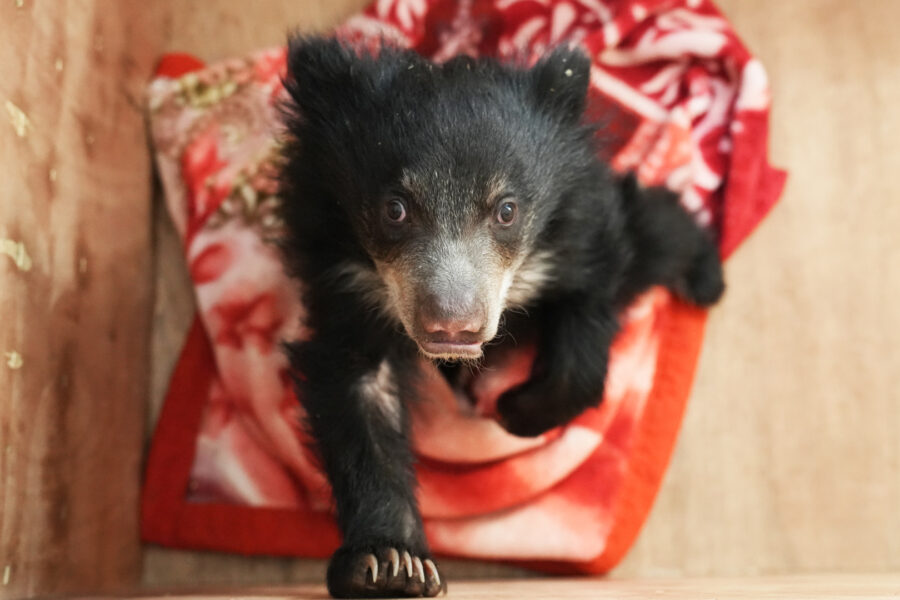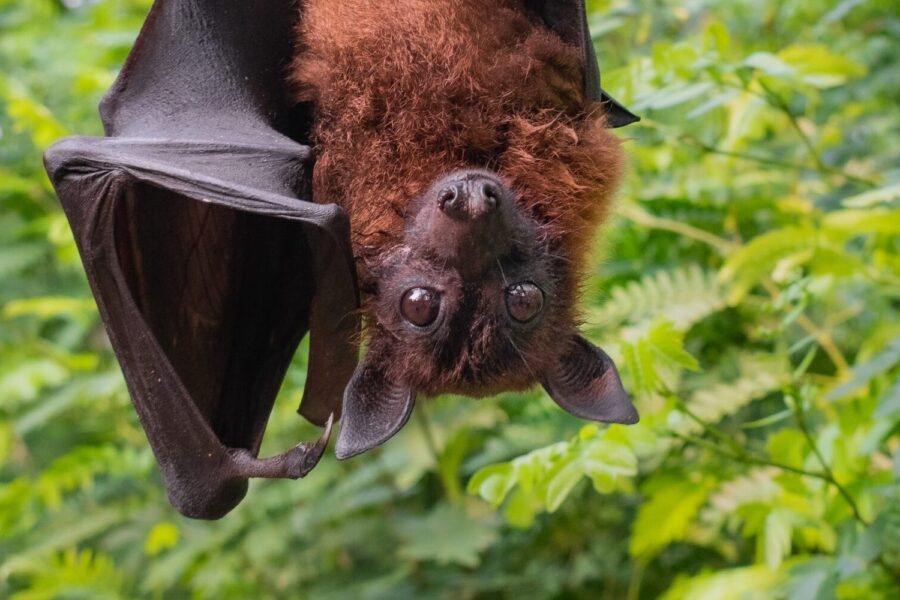Not many know that one-third of the world’s mammalian species that can be called true mountain animals are found in the Himalayan ranges. Given that the Himalayas is one of the four biodiversity hotspots found in India, it comes as no surprise that there lies such heterogeneity in these lands. Kashmir can easily be called the crown of the Himalayas for its astounding natural beauty.
Illuminating this crown is the Dachigam National Park. It is an irony that the park was established in 1910 as a hunting reserve by the Maharaja of Kashmir. The name of the park comes from the Kashmiri words dah which means 10, whereas chi denotes ‘are’, and gam refers to village, roughly translating to ‘ten villages’. Before the existence of the park, the area was occupied by 10 villages which were later translocated from the area due to the formation of the hunting reserve. The name of the national park was eventually monikered to commemorate these 10 villages.
Situated about 20 km from the main city of Srinagar, the Dachigam National Park now holds rich faunal and floristic diversity, and is bedecked with precious trees such as wild cherry, apple, pear, peach, plum, apricot, chestnut, willow, walnut, oak, pine, birch, poplar, chinar and elm! Dachigam predominantly has steep mountainous terrain, and is one of the most significantly protected areas of Kashmir.
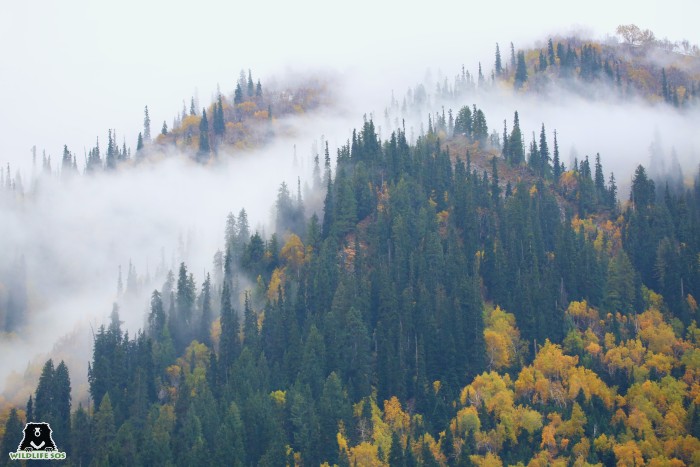
Measuring over 140 sq km in the Zabarwan mountain ranges of the Himalayas, Dachigam holds the last viable population of the vulnerable hangul (Kashmir stag) in the world, and has one of the largest populations of the Asiatic black bear. Some other mammals that call Dachigam home include the Himalayan Brown bear, Indian leopard, Himalayan grey langur, yellow-throated marten, Himalayan wolf, Himalayan weasel and Himalayan mouse hare to name a few. The varied avifauna also makes it a birdwatcher’s delight with a plethora of birds found here.
Dachigam is the residence of raptors such as the Eurasian eagle owl, Lammergeier, Eurasian griffon and white-rumped vulture. Avian species like the Himalayan woodpecker, Himalayan swiftlet, alpine swift, Himalayan monal, western tragopan, European roller, Eurasian cuckoo, slaty-headed parakeet and Tickell’s leaf warbler are among the many that can be spotted.
Dachigam is invaluable for another significant reason. The ecosystem service this national park provides is unparalleled, as it occupies almost half the catchment area of the famous Dal Lake and acts as the major water source for Srinagar. Dachigam is a remarkable case of how it preserves ecological processes for the evolution of various ecosystems comprising several plant and animal species.
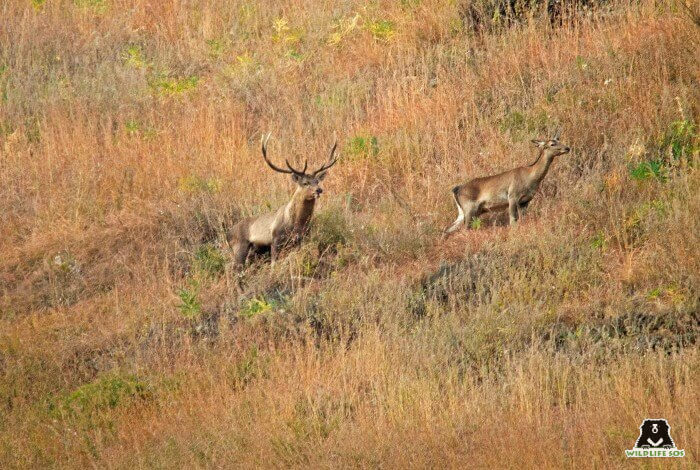
Wildlife SOS has the fortune to work with both the flagship species of Dachigam, namely the hangul and the Asiatic black bear. The hangul or Kashmir stag is a subspecies of the Central Asian red deer. Being endemic to the Valley, the hangul is the state animal of Jammu and Kashmir (J&K), and the deer is so elusive that it escapes the sight of even the most ardent wildlife spotters.
The hangul is accorded the highest protection by law under Schedule I of India’s Wildlife Protection Act, 1972. Wildlife SOS is actively engaged in conducting the population census of the Kashmir stag. This occurs every two years, wherein Wildlife SOS partners with the Jammu and Kashmir Wildlife Protection Department and student volunteers from Kashmir University to implement the census. The students are taught how to assess faecal samples and identify the species’ prints on the soil to track them.
Wildlife SOS also works passionately toward the protection and conservation of Asiatic black bears in the landscape through human-bear conflict mitigation. Wildlife SOS has a rescue facility present inside the national park named the Dachigam Bear Rescue Centre that houses one male and three female Asiatic black bears, and one male Himalayan Brown bear. All these bears were rescued from situations of human-wildlife conflict and those related to anthropogenic factors.
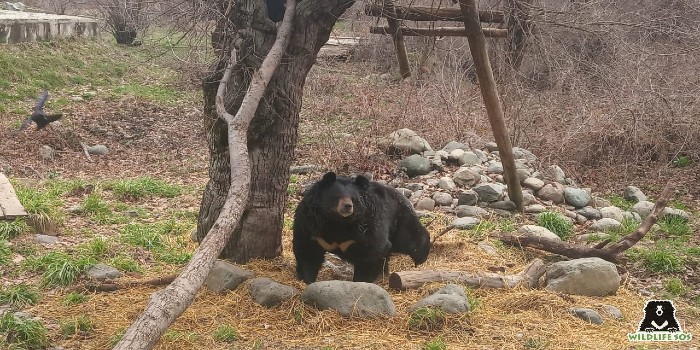
Wildlife SOS covers the pivotal aspect of carrying out rescues through a 24×7 Rapid Response Unit as well. Led by Ms. Aaliya Mir, the lead rescuer and head of the J&K programme, the team operates out of Srinagar and has carried out several reptile rescues in the past. The maximum number of calls received by our emergency helpline near the Dachigam area are related to the sighting of snakes such as the Levantine viper and the Himalayan trinket.
Last year, a six-foot-long Himalayan trinket snake got caught in the crossfire of conflict in the Zabarwan Forest Range area, after being spotted by the locals. An irrational fear of reptiles prompted them to try and chase the snake away using what appeared to be a stick or a sharp object, which injured the reptile on its neck. The Wildlife SOS Rapid Response Unit rescued the snake, provided topical medication to treat its injuries and safely released it back into the wild.
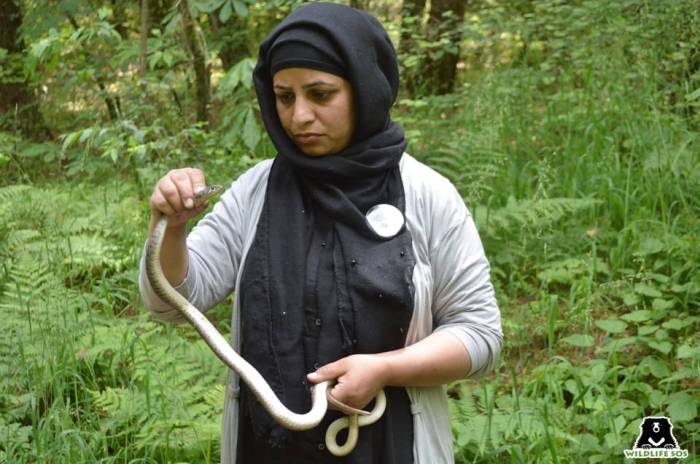
By working on multifarious projects that are related to wildlife census, rehabilitation, rescue and conflict mitigation, Wildlife SOS is clearly pushing the boundaries to conserve the sanctity of Dachigam National Park. If you wish for our efforts to continue protecting such a sacred landscape, consider becoming a monthly supporter of Wildlife SOS!


